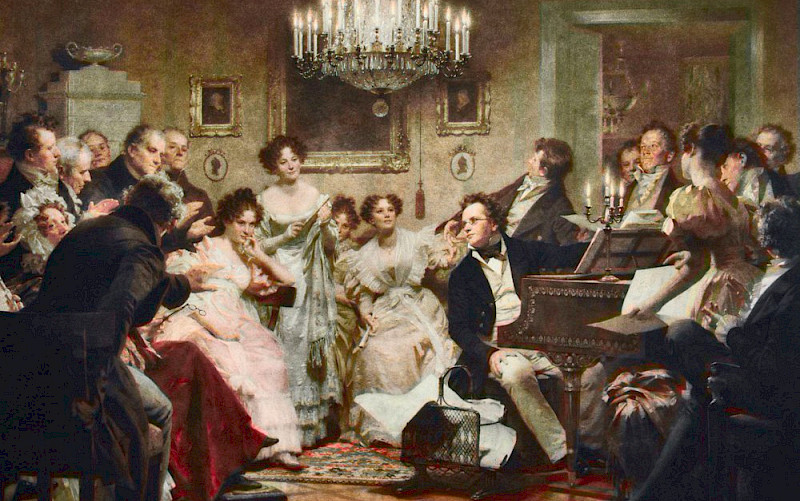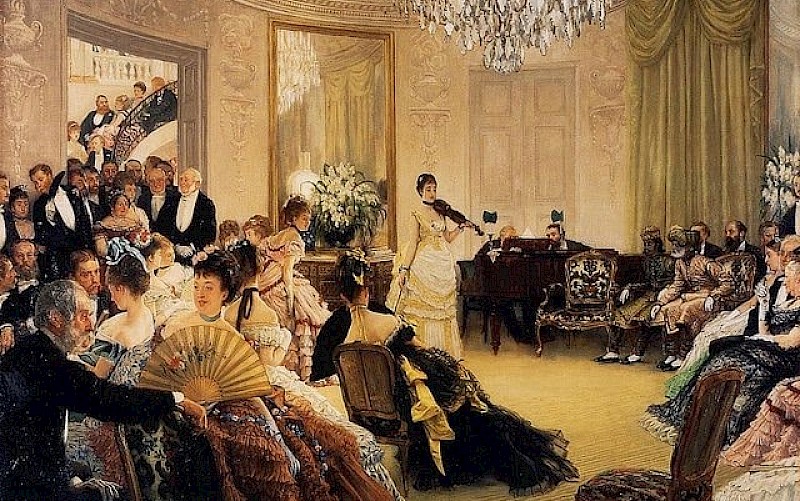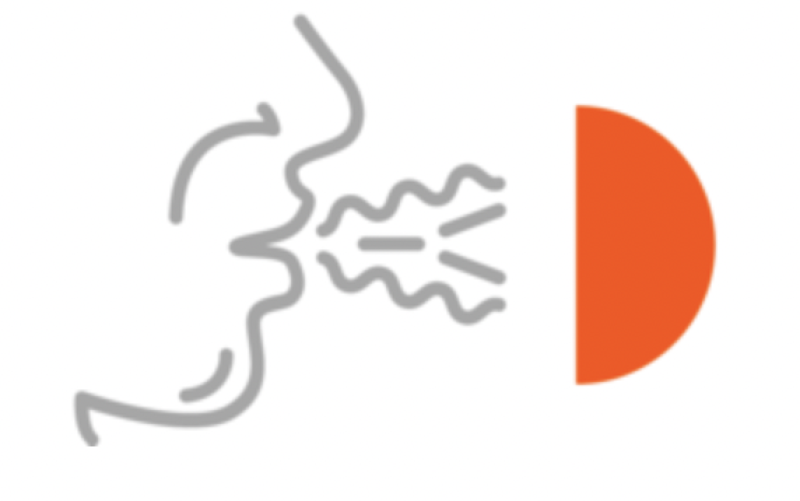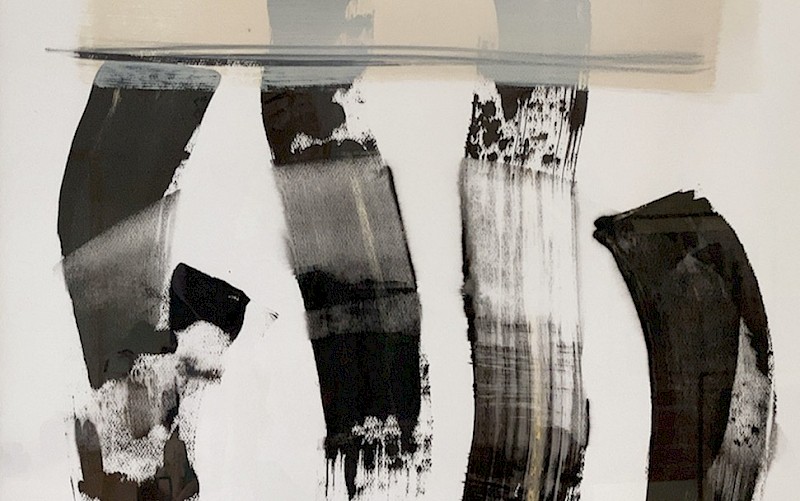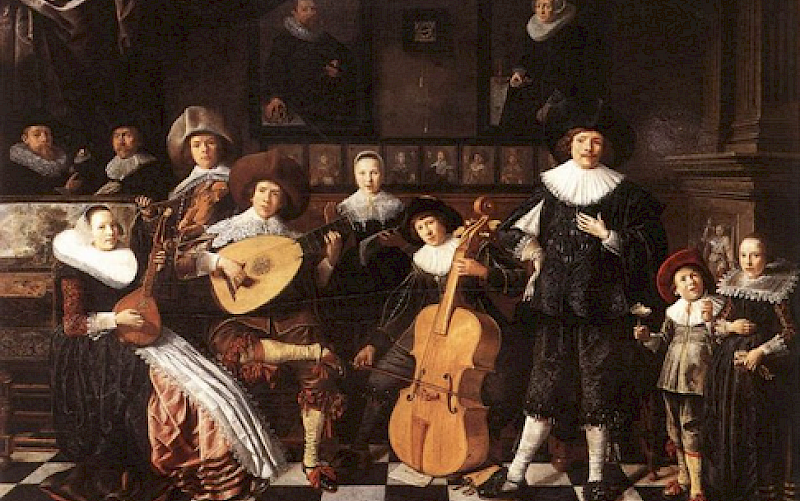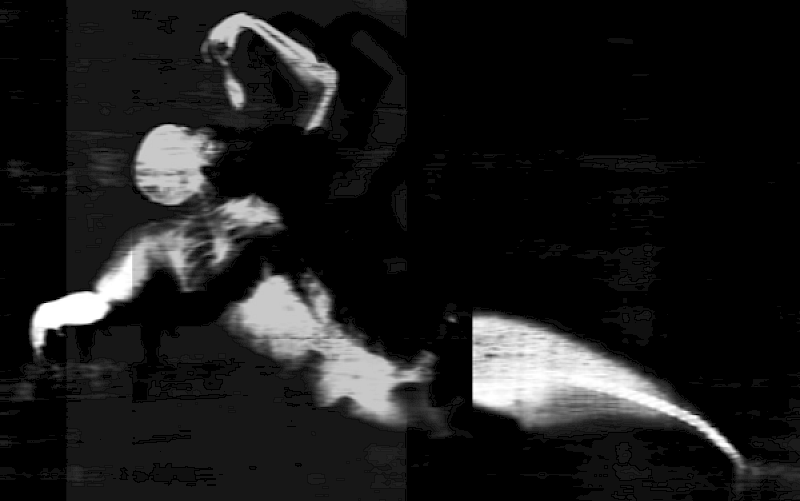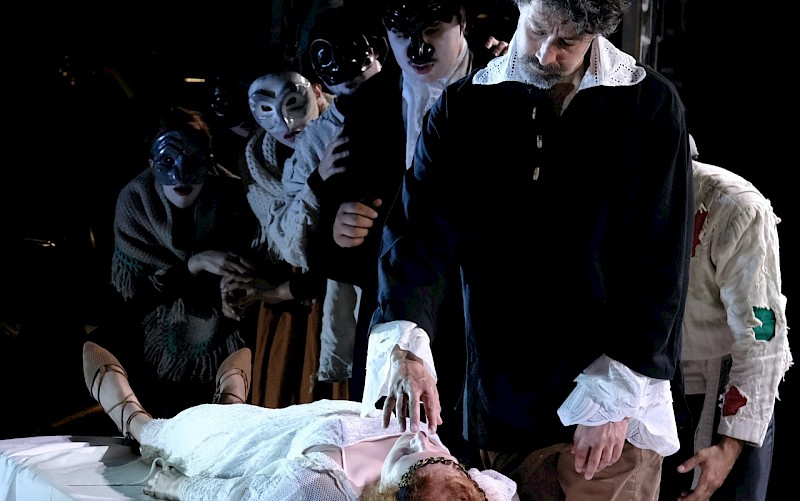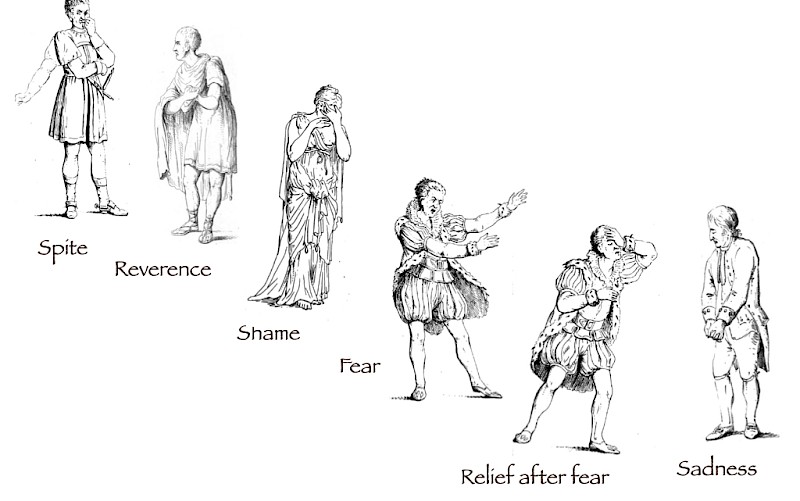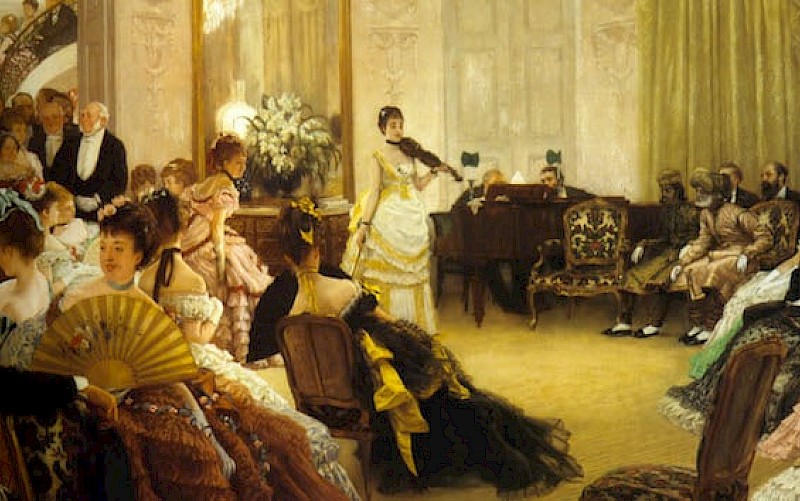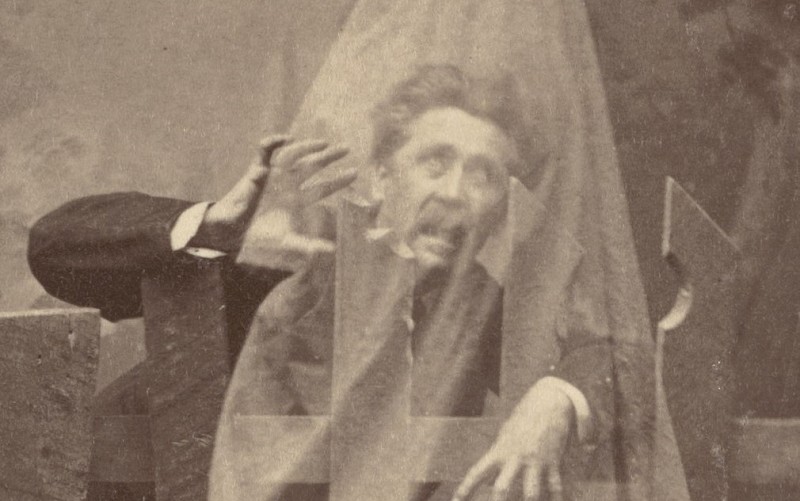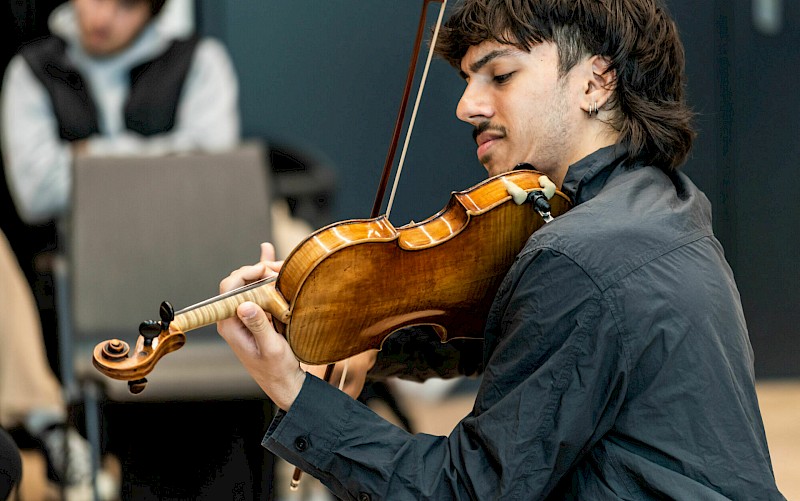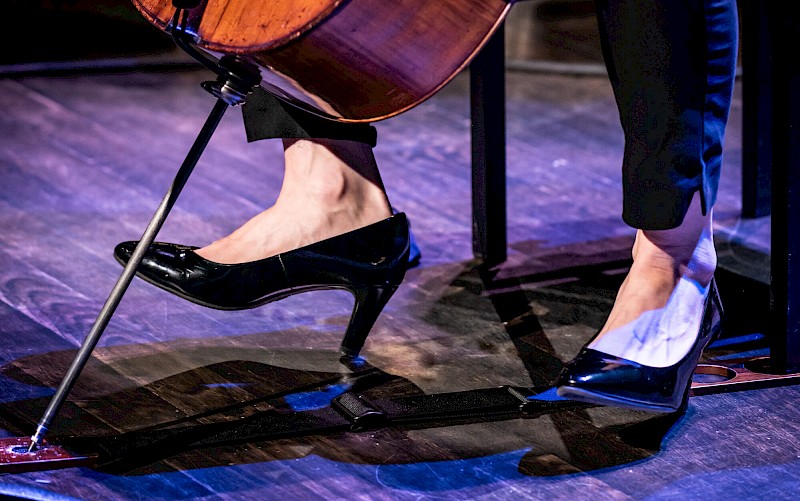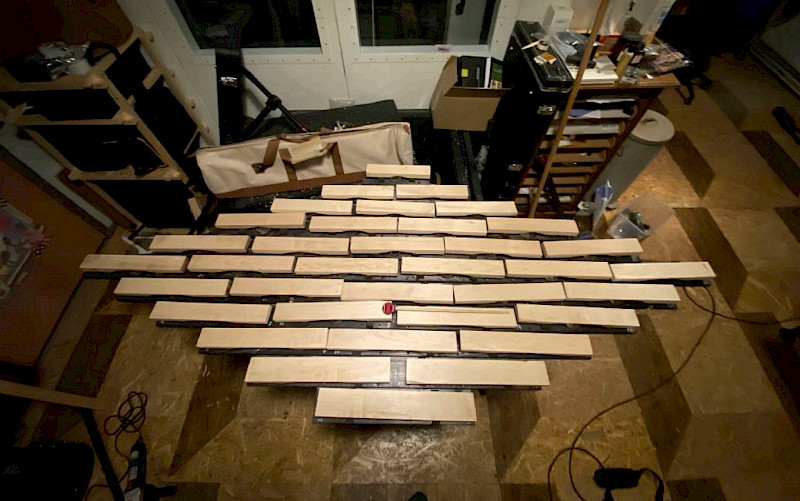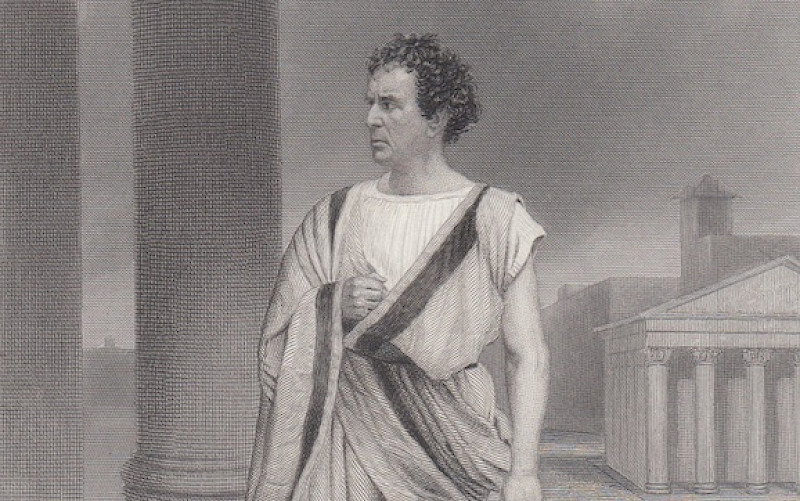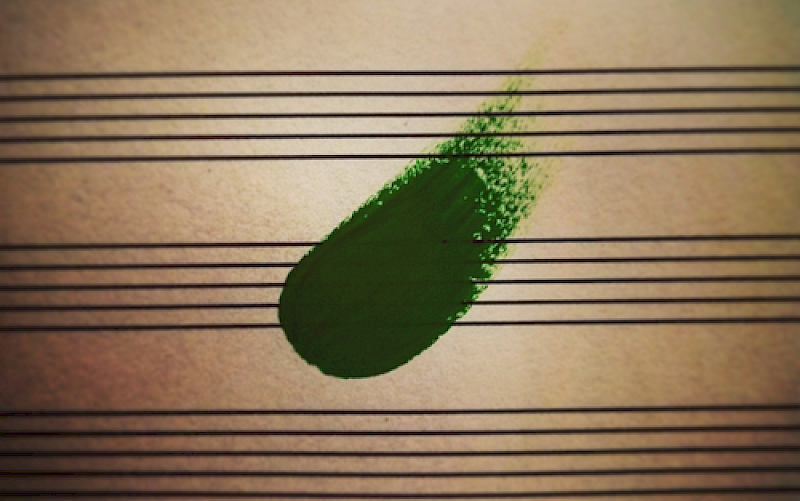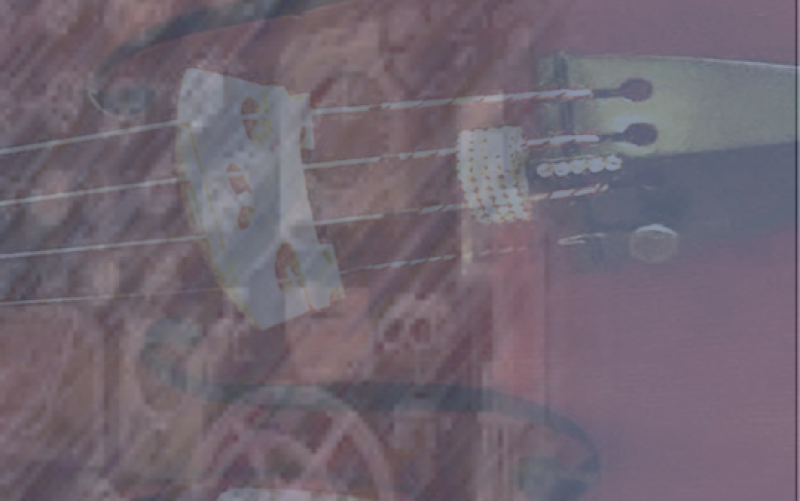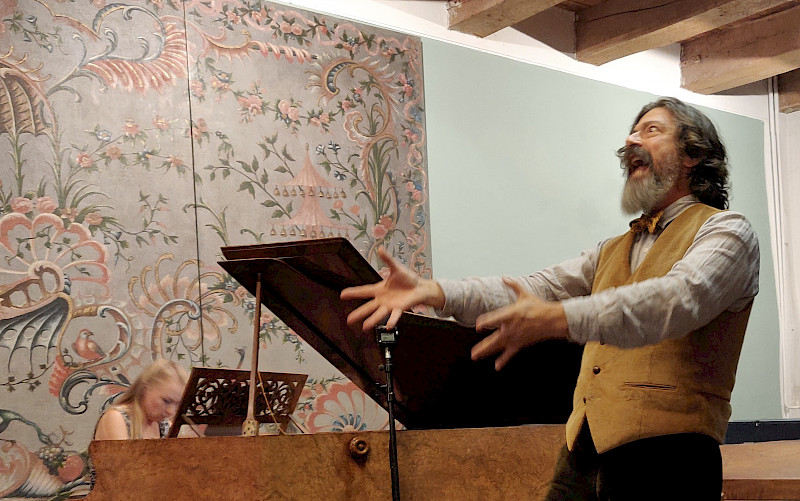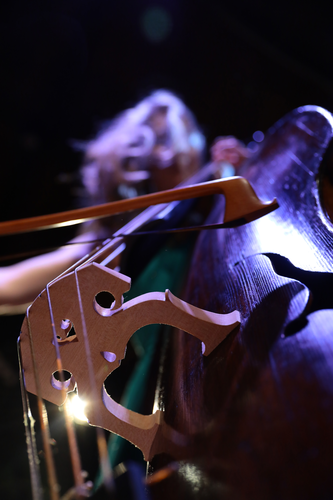
The Viennese violone : A "Viennoiserie" with 5 spices
This research examines if the Viennese tuning was used in the orchestral works of Beethoven, Schubert, and Mendelssohn and whether it is possible to link the composers and the use of this tuning in their writing style for the 16’ instrument. The Viennese tuned violone is a particular 5-stringed 16’ fretted instrument tuned to “F, A, d, f#, a”. This instrument appeared in the region of Lower-Austria and Moravia in the late 17th century and was played until the middle of the 19th century. Considered a member of the viola da gamba family by its name “violone”, it also has similarities in its thirds and fourths tuning, flat back, sloping shoulders, and frets. I have found no clear evidence of a date, or of a composer, who made specific use of Viennese tuning in orchestras after the solos of Haydn's six symphonies. The Viennese tuning disappeared progressively towards the middle of the 19th century. The last clear evidence we found in the music is Beethoven’s Septet op. 20, the first performance of Beethoven’s 1st symphony, and Schubert’s Trout quintet. We also have the performance on 2nd November 1800 of Sperger’s last symphony “Erbprinzessin-sinfonie”. We also know that instruments of this tuning were built until at least 1820. For Mendelssohn, analysis of his works has shown that its classical characteristics come out clearer with the Viennese tuning. This research is done in the form of an exposition to highlight the musical extracts of the different composers.
Author: Isaline Leloup
